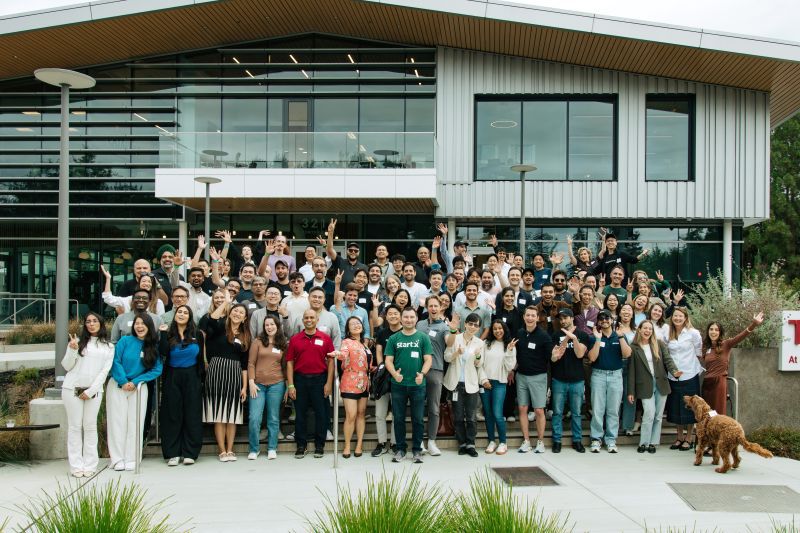Stanford Research Park
@srppaloalto.bsky.social
110 followers
22 following
140 posts
Stanford Research Park is a community of and for people who seek to invent the future.
Posts
Media
Videos
Starter Packs

























